Just Mercy -A Story of Justice and Redemption by Bryan Stevenson
Just Mercy by Bryan Stevenson
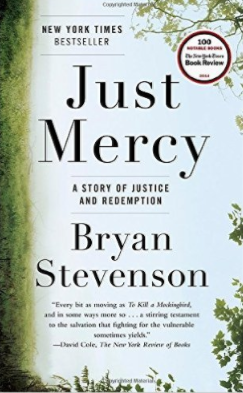 I must admit that when I started this book, I was not in favor of the death penalty, mainly because I felt there might be some isolated cases where someone might be executed when they were innocent and actually did not commit premeditated murder. Now after having read this eye-opening excellent book. I am strongly against the death penalty for many reasons. I have a much more enlightened view of the criminal justice system in the United States and the tremendous injustices brought about by mass incarceration particularly in the south, to blacks and also to children who are often tried and sentenced as if they were grown adults. I had no idea of the miscarriages of justice that occur in this country.
I must admit that when I started this book, I was not in favor of the death penalty, mainly because I felt there might be some isolated cases where someone might be executed when they were innocent and actually did not commit premeditated murder. Now after having read this eye-opening excellent book. I am strongly against the death penalty for many reasons. I have a much more enlightened view of the criminal justice system in the United States and the tremendous injustices brought about by mass incarceration particularly in the south, to blacks and also to children who are often tried and sentenced as if they were grown adults. I had no idea of the miscarriages of justice that occur in this country.
The person I have to thank for this new valuable insight is the author of this book, Bryan Stevenson. Through his writing, I learned how as a Harvard law student, he volunteered to assist a small group working in Alabama to appeal death sentences of of prisoners on death row. His interest in this work led him to devote his career to working in this area and ultimately founding the Equal Justice Institute in Alabama. He has won relief for dozens of condemned prisoners, argued five times before the Supreme Court and won national acclaim for his work challenging bias against the poor and people of color. He has received numerous awards, including the MacArthur Foundation “Genius” grant.
In this book, Stevenson allows the reader to understand in great detail how in many cases, clearly innocent people were railroaded through the criminal justice system to a guilty and death penalty sentence. Improper jury selection, failure of defense lawyers to bring in witnesses or important exculpatory evidence, prosecutors who hid important evidence from the defense and judges making improper rulings were just some of the factors which put innocent people on death row. There also were numerous examples of people being sentenced to death in prison (meaning a life sentence) often for non-homicidal crimes. There also was a description of the treatment of children to the same fate. Many of these teenage kids, sometimes 13 years old, were clearly innocent or were only peripherally involved in a non-homicidal crime but nevertheless were sentenced to death in prison via a life sentence. The predominance of these injustices occurred in southern states mainly to blacks which revealed this phenomenon as an extension of slavery in this country. Speaking of slavery, I could not believe the forced coercion that occurred in many prisons which was clearly cruel and unfair. Any failure of these prisoners to participate in such activities which might be picking cotton or operating sometimes dangerous machinery for long hours could lead to very uncomfortable solitary confinement as well as beatings and other violent attacks.
It is one thing to discuss all this issues with statistics and general statements which were then documented. In fact, seven and a half percent of this book was made up of documented lawyer-like references or citations to substantiate the terrible injustices described. However, it is even more effective when the author goes into great detail describing the history of real people whose lives are destroyed by unfair imprisonment and horrendous treatment. Mr. Stevenson’s personal interaction with many of these prisoners brings them to life in the pages of this book and makes a need to improve our justice system all the more imperative. It is also easy to empathize with his feelings not only for the innocent unfairly treated adults and children, but even those who were guilty of crimes and may deserve some punishment but also deserve our mercy.
To obtain a copy of this book on Amazon, please click here
2 comments » | AM - Autobiography or Memoir, O - Other - Specify, P - Political


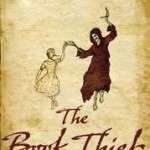
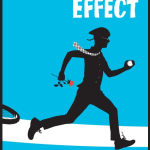

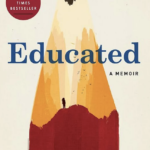
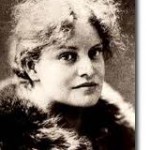
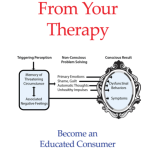
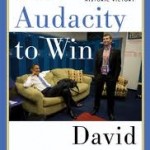
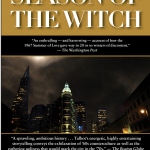
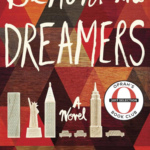



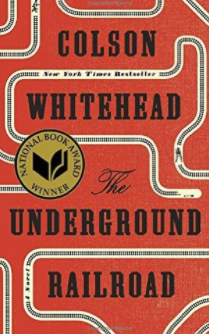 As any student of US history would know, there was not an actual “underground railroad” where slaves could ride a train and escape to the north or to the west where they could be free. Rather the term was used for men and women, black and white who risked their lives and developed an “underground” network where fleeing Blacks could be hidden and sheltered as they sought to be free of slavery and oppression that existed in this country.
As any student of US history would know, there was not an actual “underground railroad” where slaves could ride a train and escape to the north or to the west where they could be free. Rather the term was used for men and women, black and white who risked their lives and developed an “underground” network where fleeing Blacks could be hidden and sheltered as they sought to be free of slavery and oppression that existed in this country.